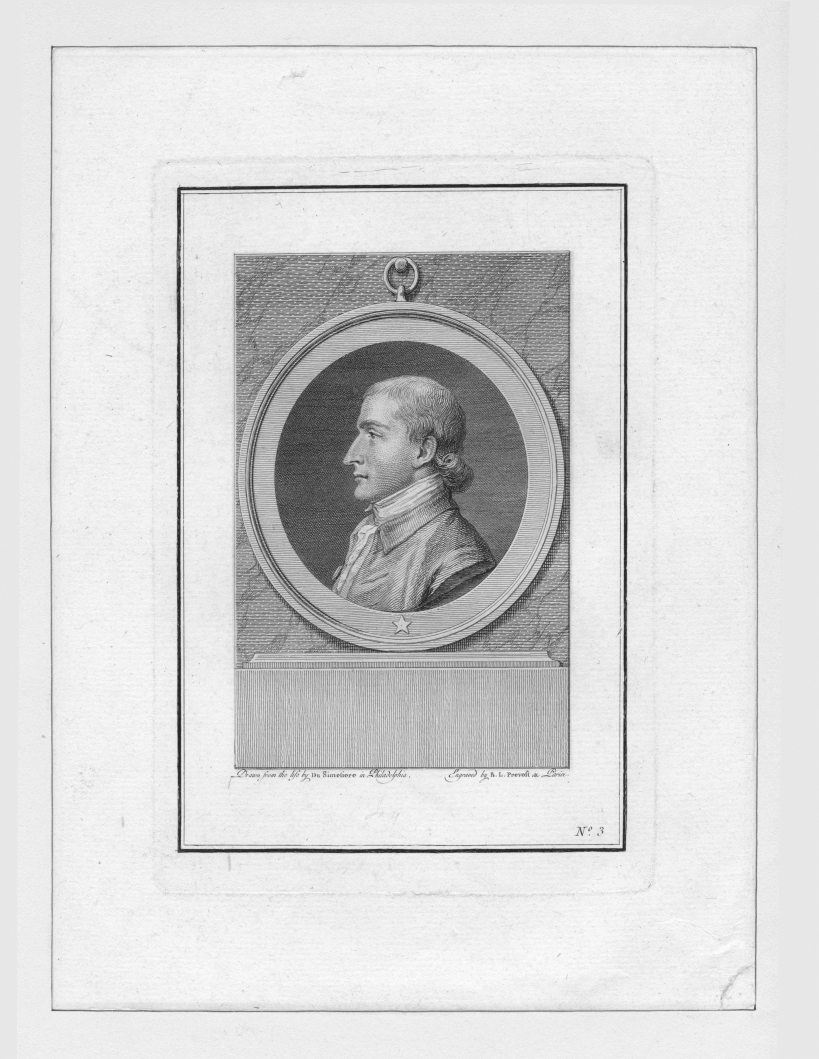This blog article was written by Paul D. Rheingold, and it’s a preview of his Judicial Notice Issue 15 article on John Jay. Mr. Rheingold is Of Counsel to Rheingold, Giuffra, Ruffo and Plotkin, LLP, New York City, a firm he founded. His practice has been confined to representing plaintiffs in personal injury suits. He graduated from Harvard Law School cum laude in 1958. He is the author of Litigating Mass Tort Cases, a Thomson Reuters publication. He has long served on the Board of Overseers of the Institute for Civil Justice at the RAND Institute. With his wife Joyce, Mr. Rheingold wrote an article, “The Courthouses of Westchester County,” Quarterly of the Westchester County Society, Vol. 61, No. 4, p. 92 (1985).
Judicial Notice Issue 15 is on the way, but we ran into a slight delay and are unable to send the newest edition to your homes. Who are the four men profiled in this new issue? Find out each week as our authors preview their impressive articles.
I was delighted when the Historical Society of the New York Courts accepted my article on John Jay’s early career as a trial lawyer, but a bit saddened to learn that, due to unavoidable logistics, delivery of the magazine would be delayed. So I would like to tell you a little about what the article is about and what attracted me to the topic.
Given all his fame for his activities after the Revolutionary War, I found that little attention had been paid to Jay’s work as an everyday trial lawyer before the war. This was of special interest to me since my career has also been a trial lawyer. Given that experience, I also felt that I would be better able to understand his work.
Jay’s trial practice covers seven years, from 1767 to 1775. Before that he had five years of apprenticeship with a noted New York City lawyer. He was admitted to practice before all of His Majesty’s courts in New York in 1767—only one of two that year (it was a small bar). He was 23 years old. He commenced practice with the other young man who was admitted.
Jay’s practice involved many levels of courts in many counties, stretching from Queens to Albany. The concentration was in Westchester and New York counties. He was living at his parents’ home in Rye, N.Y. and also in New York City. (Part of my interest arose from living in Rye and visiting the Jay property over the years.) Keep in mind that Jay had to travel between the courts by horse—it would take a day to ride from Westchester to New York City.
Readers may find it interesting to see what the type of cases he handled: the most common cause of action was for debt on a bond and mortgage foreclosure (here he almost always appeared for the plaintiff). Others were assumpsit actions (that is, breach of oral contract), trespass and ejectment (determination of title to land), assault and battery, slander, and trover and conversion. In these, his practice was evenly balanced between representing the plaintiff and the defendant. He also engaged in some appellate practice.
My article poses the question: did Jay’s experiences as a trial lawyer prepare him for the many tasks he took on in later life—for example, in being Chief Justice of the United States? Well—you will have to read the article to find my answer!

